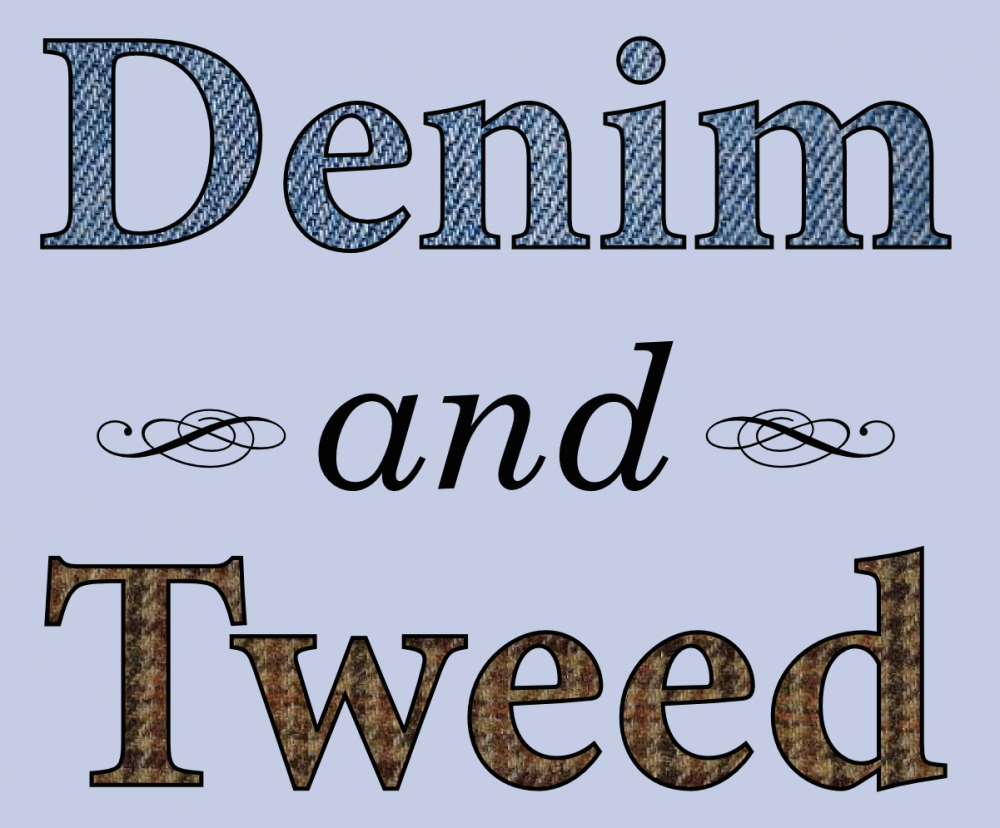Tonight’s All Things Considered hits a long overdue topic as part of NPR’s ongoing “Climate Connections” series: the fate of Joshua trees in a warming world. I say overdue, of course, because two chapters of my dissertation will be on the population genetics and phylogeography of Joshua tree, and it’s hard to spend much time with Joshua trees and not wonder about how they’ll hold up under global warming.
I’ve spent two spring flowering seasons in Joshua Tree National Park, where much of the story centers. The Park is right at the southernmost boundary of Joshua tree’s current range, where (all else being equal) you’d expect to see the impact of warming earliest. As the NPR story points out, there does seem to be low recruitment (growth of young trees to replace old ones as they die) in the southern populations. On top of that, drier conditions are contributing to more frequent wildfires across Joshua tree’s range, and sprawl from Las Vegas and Los Angeles is rolling right through Joshua tree woodlands. The Park staff I’ve talked to (including naturalist Joe Zarki, who’s interviewed for the story) are seriously considering that they may have to take drastic measures to prevent Joshua Tree National Park from losing its namesake trees.
